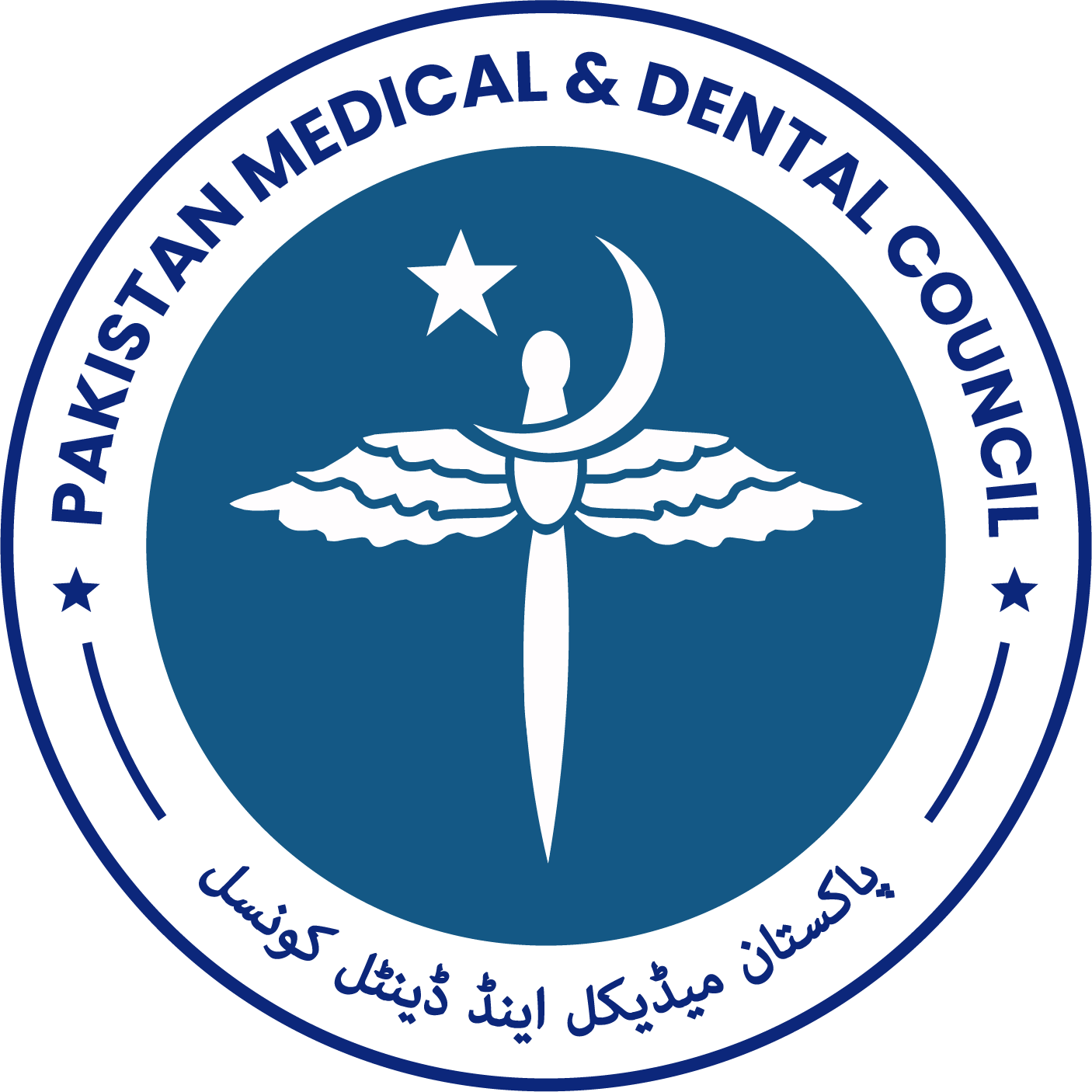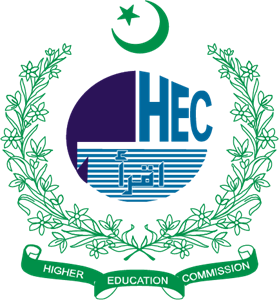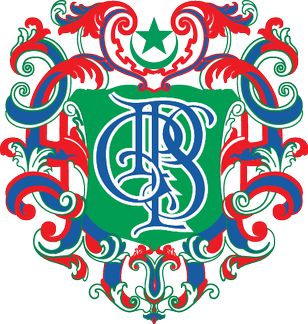Physical Activity and Academic-Achievement of Medical Students: An Analytic Cross-sectional Study in Karachi
DOI:
https://doi.org/10.53685/jshmdc.v5i1.206Keywords:
Physical Activity, Academic Achievement, Academic Scores, Medical StudentsAbstract
Background: Physical inactivity is prevalent among medical students, with inconsistent academic scores. Physical activity enhances cognition and performance and improves academic achievement.
Objective: To determine how medical students’ physical activity and associated factors influence academic achievement.
Methods: Using convenience sampling, this analytic cross-sectional study involved Dow International Medical College MBBS students of 1st year and 2nd year, to fill the International-Physical-Activity-Questionnaire-S7S. This estimated day-to-day physical activity/week, metabolic equivalent task (MET)-minutes/week, as physical-activity-scores. Annual examination percentage scores were used as academic achievement scores. Statistical significance was determined at p<0.05.
Results: The response rate was 229/307 (74.6%). Median physical activity scores and academic achievement scores were 1188.00 MET-minutes/week and 59.28%. Males were more physically active (p=0.001) despite the female predominance of 54.15%, and 2nd-year students (n=113), had significantly higher academic achievement scores (p=0.001). Ethnicity, physical limitation, and smoking status had insignificant effects on academic achievement. There was no statistically-significant difference in physical-activity-scores and academic-achievement-scores as per different age-groups (p=0.933, ηp2=0.003 and, p=0.276, ηp2=0.011), and BMI-groups (p=0.218, ηp2=0.021 and (p=0.044, ηp2=0.039). There was a tendency for between-the-group variance (p=0.04) in the “normal-weight” and “obese” BMI groups.
Physical-activity-scores and academic-achievement-scores showed no correlation (rs=0.035, p=0.597), and were independent of sitting hours/day (rs=0.043, p=0.558 and rs=0.039, p=0.603), sleep-hours/day (rs=0.077, p=0.223 and rs=0.001, p=0.984), and study hours/day (rs=0.040, p=0.556 and rs=0.091, p=0.181). Physical activity categories and academic achievement groups appeared independent of each other with no effect. (p=0.363, φc=0.097).
Conclusion: Physical activity has no effect on academic achievement of undergraduate medical students. Male students were physically more active but there was no association of gender with academic achievement.
References
Abdulghani HM, Al-Drees AA, Khalil MS, Ahmad F, Ponnamperuma GG, Amin Z. What factors determine academic achievement in high achieving undergraduate medical students? A qualitative study. Med Teach. 2014; 36 Suppl 1: S43-S48. doi: 10.3109/0142159X.2014.886011. DOI: https://doi.org/10.3109/0142159X.2014.886011
Agarwal S, Bhalla P, Kaur S, Babbar R. Effect of body mass index on physical self concept, cognition & academic performance of first year medical students. Indian J Med Res. 2013; 138(4): 515-522.
Sudha B, Samuel AJ, Narkeesh K. Feasibility online survey to estimate physical activity level among the students studying professional courses: a cross-sectional online survey. J. Exerc. Rehabil. 2018; 14: 58-63. doi:10.12965/jer.1835130.565. DOI: https://doi.org/10.12965/jer.1835130.565
Elmagd MA, Mossa AH, Sami MM, El-Marsafawy TS, Jadaan OA, Mudawi MSE. The impact of physical activity on the academic performance among medical and health sciences students: a cross sectional study from RAKMHSU - Ras Alkhaimah-UAE. Int. J. Sports Health Phys. Educ. 2015; 2: 92-95.
Dąbrowska-Galas M, Plinta R, DąBrowska J, Skrzypulec-Plinta V. Physical Activity in Students of the Medical University of Silesia in Poland. Phys Ther. 2013; 93: 384-392.doi: 10.2522/ptj.20120065. DOI: https://doi.org/10.2522/ptj.20120065
Al-Drees A, Abdulghani H, Irshad M, Baqays AA, Al-Zhrani AA, Alshammari SA, et al. Physical activity and academic achievement among the medical students: A cross-sectional study. Med Teach. 2016; 38: S66–S72. doi:10.3109/0142159x.2016.1142516. DOI: https://doi.org/10.3109/0142159X.2016.1142516
Slade AN, Kies SM. The relationship between academic performance and recreation use among first-year medical students. Med Educ Online. 2015; 20: 25105. doi:10.3402/meo.v20.25105. DOI: https://doi.org/10.3402/meo.v20.25105
Keeley TJH, Fox KR. The impact of physical activity and fitness on academic achievement and cognitive performance in children. Int Rev Sport Exerc Psychol. 2009; 2: 198-214. doi:10.1080/ 17509840903233822. DOI: https://doi.org/10.1080/17509840903233822
de Greeff JW, Bosker RJ, Oosterlaan J, Visscher C, Hartman E. Effects of physical activity on executive functions, attention and academic performance in preadolescent children: a meta-analysis. J Sci Med Sport. 2018; 21(5): 501-507. doi: 10.1016/j.jsams.2017.09.595. DOI: https://doi.org/10.1016/j.jsams.2017.09.595
Wassenaar TM, Wheatley CM, Beale N, Nichols T, Salvan P, Meaney A, Atherton K, et al. The effect of a one-year vigorous physical activity intervention on fitness, cognitive performance and mental health in young adolescents: the Fit to Study cluster randomised controlled trial. Int J Behav Nutr Phys Act. 2021;18(1):47.doi: 10.1186/s12966-021-01113-y. DOI: https://doi.org/10.1186/s12966-021-01113-y
Babenko O, Mosewich A, Abraham J, Lai H. Contributions of psychological needs, self-compassion, leisure-time exercise, and achievement goals to academic engagement and exhaustion in Canadian medical students. J Educ Eval Health Prof. 2018; 15: 2. doi:10.3352/ jeehp.2018.15.2. DOI: https://doi.org/10.3352/jeehp.2018.15.2
WHO guidelines on physical activity and sedentary behavior. World Health Organization; 2020.
Bandura A. Social Cognitive Theory in Cultural Context. Appl Psychol. 2002;51: 269-290. doi:10.1111/1464-0597.00092. DOI: https://doi.org/10.1111/1464-0597.00092
Sandars J, Cleary TJ. Self-regulation theory: Applications to medical education: AMEE Guide No. 58. Med Teach. 2011; 33: 875-886. doi:10.3109/0142159x.2011.595434. DOI: https://doi.org/10.3109/0142159X.2011.595434
Al-Asousi M, El-Sabban F. Physical Activity among Preclinical Medical Students at The University of Malaya, Malaysia. J Nutr Health Food Sci. 2016; 4: 1-8. doi: 10.15226/jnhfs.2016.00159. DOI: https://doi.org/10.15226/jnhfs.2016.00159
Khan ZN, Assir MZK, Shafiq M, Chaudhary A-E-G, Jabeen A. High prevalence of preobesity and obesity among medical students of Lahore and its relation with dietary habits and physical activity. Indian J Endocrinol Metab. 2016; 20: 206. doi:10.4103/2230-8210.176357. DOI: https://doi.org/10.4103/2230-8210.176357
Nasir U, Butt AF, Choudry S. A Study to Evaluate the Lifestyle of Medical Students in Lahore, Pakistan. Curēus 2019.doi:10.7759/cureus.4328. DOI: https://doi.org/10.7759/cureus.4328
Afzal F, Rasul A, Basharat A, Zahra SA, Khan RA, Shahbaz M, et al. Prevalence of Physical Inactivity in Students of Sargodha Medical College. J Nov Physiother. 2018; 08. doi:10.4172/2165-7025.1000390. DOI: https://doi.org/10.4172/2165-7025.1000390
Maqbool S, Safian HA, Mubeen H, Arsh L, Khan MS, Sundus O. Impact of Physical Activity and Stress on Academic Performance of MBBS Students of Rawalpindi Medical University. Eur J Med Health Sci. 2020; 2. doi:10.24018/ ejmed.2020.2.5.467. DOI: https://doi.org/10.24018/ejmed.2020.2.5.467
Guidelines for data processing and analysis of the International Physical Activity Questionnaire (IPAQ)-short and long forms. Version 2.0. April 2004 https://www.physio-pedia.com/images/c/c7/Quidelines_for_interpreting_the_IPAQ.pdf, Accessed on January 2022.
Wattanapisit A, Vijitpongjinda S, Saengow U, Amaek W, Thanamee S, Petchuay P. Results from the Medical School Physical Activity Report Card (MSPARC) for a Thai Medical School: a mixed methods study. BMC Med Educ. 2018; 18. doi:10.1186/s12909-018-1408-7. DOI: https://doi.org/10.1186/s12909-018-1408-7
Alhaqbani AS, AlMaini RY, Alshalhoub MZ, Mcrabi AH, Marenga AS, Omair AA. Appraising the degree of physical activities among male students at a Saudi medical school. J Taibah Univ Med Sci. 2020; 15: 417–421.doi:10.1016/ j.jtumed. 2020.06.004. DOI: https://doi.org/10.1016/j.jtumed.2020.06.004
World Health Organization. Global Action Plan on Physical Activity 2018-2030. World Health Organization;2018. https://www.who.int/publications/i/item/9789241514187
World Health Organization Global Health Observatory Data Repository 2022
Ojha P, Pandey N, Singh S. Physical fitness score and academic performance in medical students. Natl J Physiol Pharm Pharmacol. 2018; 8: 1031-1034.
Downloads
Published
How to Cite
Issue
Section
License
Copyright (c) 2024 Naila Baig, Mirza Altamish Muhammad Baig, Khubaib Muhammad Shamim Meah

This work is licensed under a Creative Commons Attribution-NonCommercial 4.0 International License.
You are free to:
- Share — copy and redistribute the material in any medium or format
- Adapt — remix, transform, and build upon the material
- The licensor cannot revoke these freedoms as long as you follow the license terms.
Under the following terms:
-
Attribution — You must give appropriate credit, provide a link to the license, and indicate if changes were made. You may do so in any reasonable manner, but not in any way that suggests the licensor endorses you or your use.
-
Non Commercial — You may not use the material for commercial purposes.
-
No additional restrictions — You may not apply legal terms or technological measures that legally restrict others from doing anything the license permits.




















